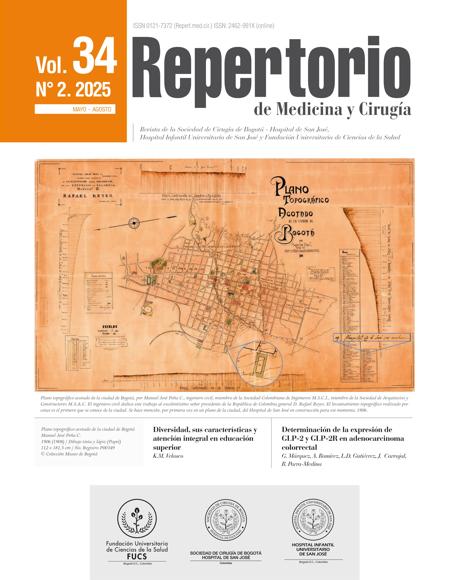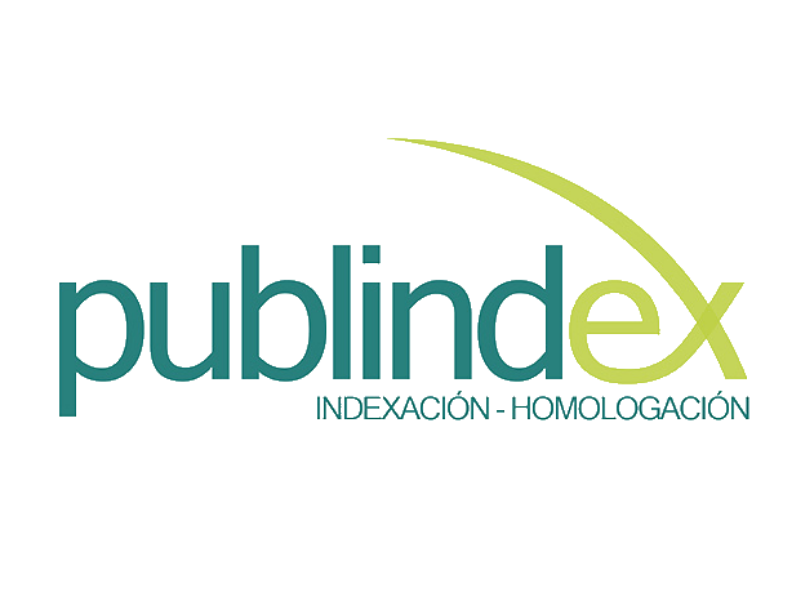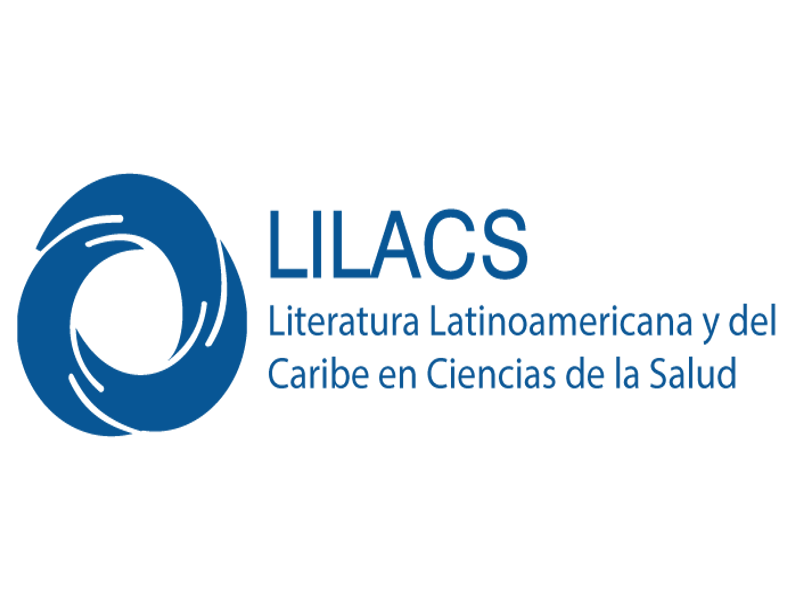Central venous catheter vs. Peripherally inserted central venous catheter in a level III neonatal intensive care unit
Catéter venoso central vs. el central de inserción periférica en una unidad de cuidado intensivo neonatal de tercer nivel
![]()
![]()

Show authors biography
Introduction: a central venous catheter is a device usually placed in neonatal intensive care units (NICU), for delivering parenteral nutrition and medication with high osmolarity, and may be required for prolonged periods. Appropriate training is essential for Its placement and manipulation to prevent complications. Objective: to determine the central venous catheter (CVC) versus the peripherally inserted central catheter (PICC) behavior, in neonates hospitalized in a NICU. Materials and Methods: a descriptive, comparative study performed in neonates hospitalized in the NICU, between 2019 and 2021. One hundred four (104) patients had a CVC placement, and 158 a PICC placement. Sociodemographic, clinical and cost variables were recorded. Results and Discussion: a difference in the indwelling time of catheter placement was evidenced in the study: 6 days in the PICC group and 3 days in the CVC group. The reasons for catheter withdrawal were bacteremia and sepsis in 19.2% of the CVC group and 7% of the PICC group. Health care-associated infection was evidenced in13.5% in the central catheter group and in 3.2% in the peripherally inserted catheter group. Conclusion: peripherally inserted central venous catheters have a high success rate during insertion, lower infection rates and lower costs compared with central venous catheters.
Article visits 540 | PDF visits 195
Downloads
- Ruiz-Mejía C, Jaramillo-Jaramillo LI, Martínez-Sánchez LM, Villegas-Alzate JD, Álvarez-Hernández LF, Builes-Restrepo LN. Neonatal central venous catheter-associated thrombosis: a narrative review of the literature. Acta Pediatr Mex, 2021;42(5):251-59.
- Faunes Pérez M, Gonzalez Morandé Á, Pérez Arriarán ME, Torres Tapia V, Avaca Bengochea M, Alcaide Aracena M, Fabres Biggs J, et al. Factores de riesgo asociados a complicaciones de catéteres centrales de inserción periférica en recién nacidos. Andes pediatr. 2021;92(5):710-717. http://dx.doi.org/10.32641/andespediatr.v92i5.3526
- Wang J, Wang Q, Liu Y, Lin Z, Janjua MU, Peng J, Du J. The incidence and mortality rate of catheter-related neonatal pericardial effusion: A meta-analysis. Medicine (Baltimore). 2022;101(47):e32050. http://dx.doi.org/10.1097/MD.0000000000032050
- Pallejà Gutiérrez E, López Carranza M, Jiménez Vilches PL. Catéteres venosos de inserción periférica (PICC): un avance en las terapias intravenosas de larga permanencia. Nutr Clin Med 2017;XI(2):114-127. http://dx.doi.org/10.7400/NCM.2017.11.2.5053
- Domínguez Ortega J, Sandoya Maza K, Sarango Vivanco R, Salazar Torres ZK. Infecciones producto de catéter venoso central y factores asociados en neonatos del Hospital José Carrasco Arteaga. Vive Rev. 2021;4(12):634–646. https://doi.org/10.33996/revistavive.v4i12.120
- Kochanowicz JF, Nowicka A, Al-Saad SR, Karbowski LM, Gadzinowski J, Szpecht D. Catheter-related bloodstream infections in infants hospitalized in neonatal intensive care units: a single center study. Sci Rep. 2022;12(1):13679. doi: http://dx.doi.org/10.1038/s41598-022-17820-w
- Johann DA, Danski MT, Vayego SA, Barbosa DA, Lind J. Risk factors for complications in peripheral intravenous catheters in adults: secondary analysis of a randomized controlled trial. Rev Lat Am Enfermagem. 2016;24:e2833. doi: http://dx.doi.org/10.1590/1518-8345.1457.2833
- García Carranza A, Caro Pizarro V, Quirós Cárdenas G, Monge Badilla MJ, Arroyo Quirós A. Catéter venoso central y sus complicaciones. Revista Medicina Legal de Costa Rica. 2020;37(1):74-86.
- Alvarado Martínez ZB. Resultados clínicos del uso de la nutrición parenteral en recién nacidos prematuros con peso al nacer menor de 1,500 gramos hospitalizados en neonatología del hospital nacional de niños benjamín bloom en el periodo de enero de 2014 a diciembre de 2016 [Tesis]. San Salvador: Universidad de El Salvador; 2017.
- Fariña N, Carpinelli L, Samudi M, Guillén R, Laspina F, Sanabria R, et al. Staphylococcus coagulasa-negativa clínicamente significativos. Especies más frecuentes y factores de virulencia. Rev. chil. infectol. 2013;30(5):480-488. http://dx.doi.org/10.4067/S0716-10182013000500003
- VYGON. Catéter Central de inserción Periférica (PICC) en neonatos: inserción, mantenimiento y retirada [Internet]. Barcelona; 2023 [acceso 22 de junio de 2023]. Disponible en: https://campusvygon.com/wp-content/uploads/2020/12/Protocolo-PICC-2.0.pdf
- Braun Sharin Expertise. Introcan Safety® Family of Peripheral IV Catheters [Internet]. [acceso: 22/06/2022]. Disponible en: https://www.bbraunusa.com/en/products-and-partnerships/smart-infusion/vascular-access/introcan-safety-peripheral-iv-catheters.html
- Goldsmit G, Rabasa C, Rodríguez S, Aguirre Y, Valdés M, Pretz D, Carmona D, López Tornow S, Fariña D. Risk factors associated to clinical deterioration during the transport of sick newborn infants. Arch Argent Pediatr. 2012;110(4):304-9. https://doi.org/10.5546/aap.2012.eng.304
- Elhady SA, Abd El-Hamid EM. Comparative study between open and ultrasound-guided central venous access devices. Al Azhar Assiut Medical Journal. 2020;18(1):1-6. https://doi.org/10.4103/AZMJ.AZMJ_79_19
- Jumilla Burugorría A, Ondiviela Garcés PC, Bueicheku Buila RD, Cuartero Funes MM, Ventura Tazueco E. Inserción y manejo del catéter PICC. 2021;2(8).
- Ozuna PM, Delgadillo Vester L, Jiménez J. Implementación de medidas preventivas de las Infecciones Asociadas a la Atención de Salud (IAAS) en un departamento de cuidados intensivos pediátricos. Rev Cient Cienc Salud. 2019;1(2):8-18. https://doi.org/10.53732/rccsalud/01.02.2019.08
- Guichet PL, Jasinski S, Malaga-Dieguez L, De Los Reyes FA, Ahuja T, Bride KL, Patel A. Catheter-directed Thrombolysis for Neonatal IVC and Bilateral Renal Vein Thrombosis: A Case Report. J Pediatr Hematol Oncol. 2021;43(4):e554-e557. https://doi.org/10.1097/MPH.0000000000001867
- Pearlman SA. Quality Improvement to Reduce Neonatal CLABSI: The Journey to Zero. Am J Perinatol. 2020;37(S 02):S14-S17. https://doi.org/10.1055/s-0040-1713605
- Aguilar Ronceros LF, Abad Bernardo FC, Chávez Rodríguez MN, La Rosa Solórzano JG, Loayza Escobar KY, Ríos Díaz K. Utilización del catéter venoso central de inserción periférica en la Unidad de Cuidados Intensivos Neonatales del Instituto Nacional de Salud Del Niño Breña, 2017–2019. An Fac Med. 2022;83(3):2-5. http://dx.doi.org/10.15381/anales.v83i3.22500
- Unahalekhaka A. Epidemiología de las infecciones asociadas a la atención en salud. En: Conceptos básicos de control de infecciones de IFIC; 2ª Ed. Irlanda: International Federation of Infection Control; 2011. p.29-44.
- American Cancer Cociety. Vías, catéteres y puertos intravenosos (IV) utilizados en el tratamiento contra el cáncer [Intermet]. 2022 [acceso 07 de septiembre de 2022]. Disponible en: https://www.cancer.org/es/tratamiento/tratamientos-y-efectos-secundarios/planificacion-manejo/tubos-y-vias-de-acceso-intravenoso.html
- Céspedes Lesczinsky M, Velasco Abularach Z. Gérmenes más frecuentes en infecciones asociadas a la atención en salud en la UTI Pediátrica. Rev Cient Cienc Méd. 2017;20(1):20- 25.
- Carrera Muiños S, Mejía IF, Guido Ramíres Ó, Fernández Carrocera LA, Cordero González G, Yllescas Medrano E, Machuca Vaca A. Perinatol Reprod Hum. 2016;30(4):167-171. https://doi.org/10.1016/j.rprh.2016.10.003
- Rosati P, Saulle R, Amato L, Mitrova Z, Crocoli A, Brancaccio M, Ciliento G, Alessandri V, Piersigilli F, Nunziata J, Cecchetti C, Inserra A, Ciofi Degli Atti M, Raponi M. Mindful organizing as a healthcare strategy to decrease catheter-associated infections in neonatal and pediatric intensive care units. A systematic review and grading recommendations (GRADE) system. J Vasc Access. 2021;22(6):955-968. https://doi.org/10.1177/1129729821990215












